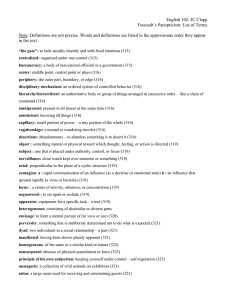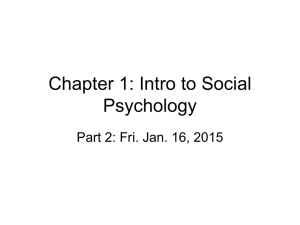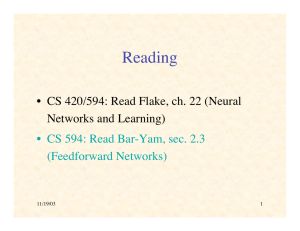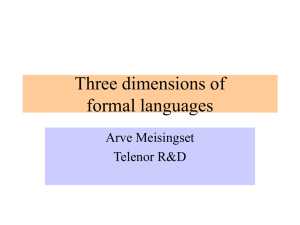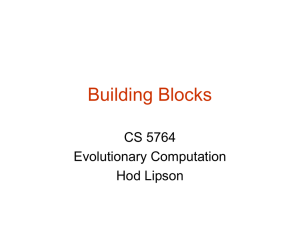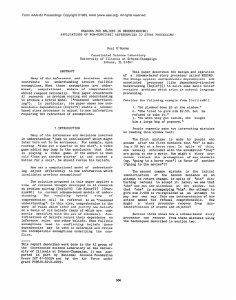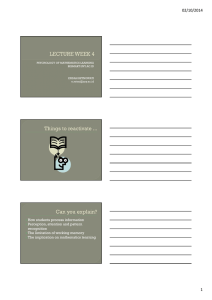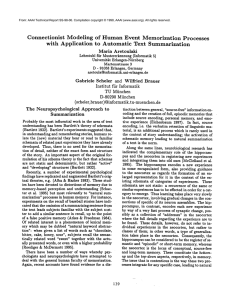Bryan Furman INFO 625 Reason Reading
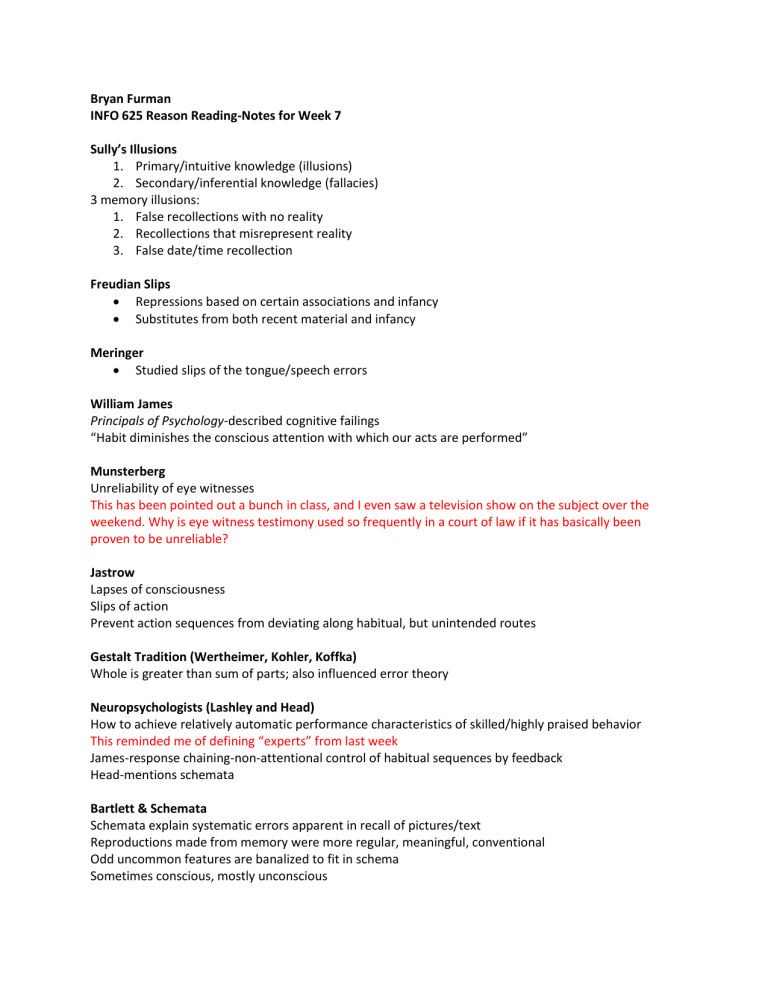
Bryan Furman
INFO 625 Reason Reading-Notes for Week 7
Sully’s Illusions
1.
Primary/intuitive knowledge (illusions)
2.
Secondary/inferential knowledge (fallacies)
3 memory illusions:
1.
False recollections with no reality
2.
Recollections that misrepresent reality
3.
False date/time recollection
Freudian Slips
Repressions based on certain associations and infancy
Substitutes from both recent material and infancy
Meringer
Studied slips of the tongue/speech errors
William James
Principals of Psychology-described cognitive failings
“Habit diminishes the conscious attention with which our acts are performed”
Munsterberg
Unreliability of eye witnesses
This has been pointed out a bunch in class, and I even saw a television show on the subject over the weekend. Why is eye witness testimony used so frequently in a court of law if it has basically been proven to be unreliable?
Jastrow
Lapses of consciousness
Slips of action
Prevent action sequences from deviating along habitual, but unintended routes
Gestalt Tradition (Wertheimer, Kohler, Koffka)
Whole is greater than sum of parts; also influenced error theory
Neuropsychologists (Lashley and Head)
How to achieve relatively automatic performance characteristics of skilled/highly praised behavior
This reminded me of defining “experts” from last week
James-response chaining-non-attentional control of habitual sequences by feedback
Head-mentions schemata
Bartlett & Schemata
Schemata explain systematic errors apparent in recall of pictures/text
Reproductions made from memory were more regular, meaningful, conventional
Odd uncommon features are banalized to fit in schema
Sometimes conscious, mostly unconscious
Doldrums
Center of psychology shifts from Germany to U.S.
Behaviorism took over
Deviation of action from intention
Natural Science Tradition
Focused attention and bottleneck theories
Single v. parallel processing
Where is the bottleneck? Parallel -> single
Early perception stage
Or, late selection-decisions necessary for response
Breakthroughs & diochotic listening-process two sources simultaneously
People are good at processing one of two distinct concurrent sources
Divided attention and resource theories
Resource theory – attention is a reservoir of info processing resource equally available to all mental operations
Attention is finite but highly flexible
Two similar tasks are a problem as they compete for some functions.
Here, I would have thought that similar tasks would allow for a sharing of resources to process similar info.
Practice helps!
Multi Channel Processor Theories
Skilled “experts” can perform different concurrent tasks with minimal interference.
Alpport-criticized bottleneck and resource theories
Properties of Primary Memory
Chunking
Similar items harder to recall
I’m noticing now how this theory (similar items) appears to be mostly universal.
Working Memory
More broad than STM
Central executive, articulatory loop, visuospatial scratchpad
Strategies and shortcuts are used to reduce cognitive strain
New Schema Theorists
MInsky
Perception/how schemata guide encoding and storage
Frames, nodes, slots
Rumelhart
Assigned schema is instantiated.
Only instantiated schema are stored
Norman and Shallice
Attention to action model
Must account for human error
Error forms and correct performance are two sides of the same coin.
Interacting horizontal (schemas) and vertical threads
Decline of normative theories
Satisficing -settle for the bare minimum rather than optimal
Do experts satisfice or strive for a greater level?
Reluctant rationality
Avoidance of cognitive strain
Like satisficing, I’m noticing this as a recurring theme as well.
Rasmussen’s skill-rule-knowledge framework
Skill based level-stored patterns
Rule based level-solutions governed by stored rules
Knowledge based level-actions must be planned consciously
Rouse’s Fuzzy Rule model
Humans would rather recognize patterns than calculate or optimize
Two kinds of problem solving rules
Symptomatic-
Topographic-structure and relationship btw/ parts
Parallel distributed processing
Large number of processing units organized into modules
An adaptive model that can evolve
Baars’ global workspace model
Explains pairs of similar phenomena where one in conscious and the other is not
Global workspace-a working memory



